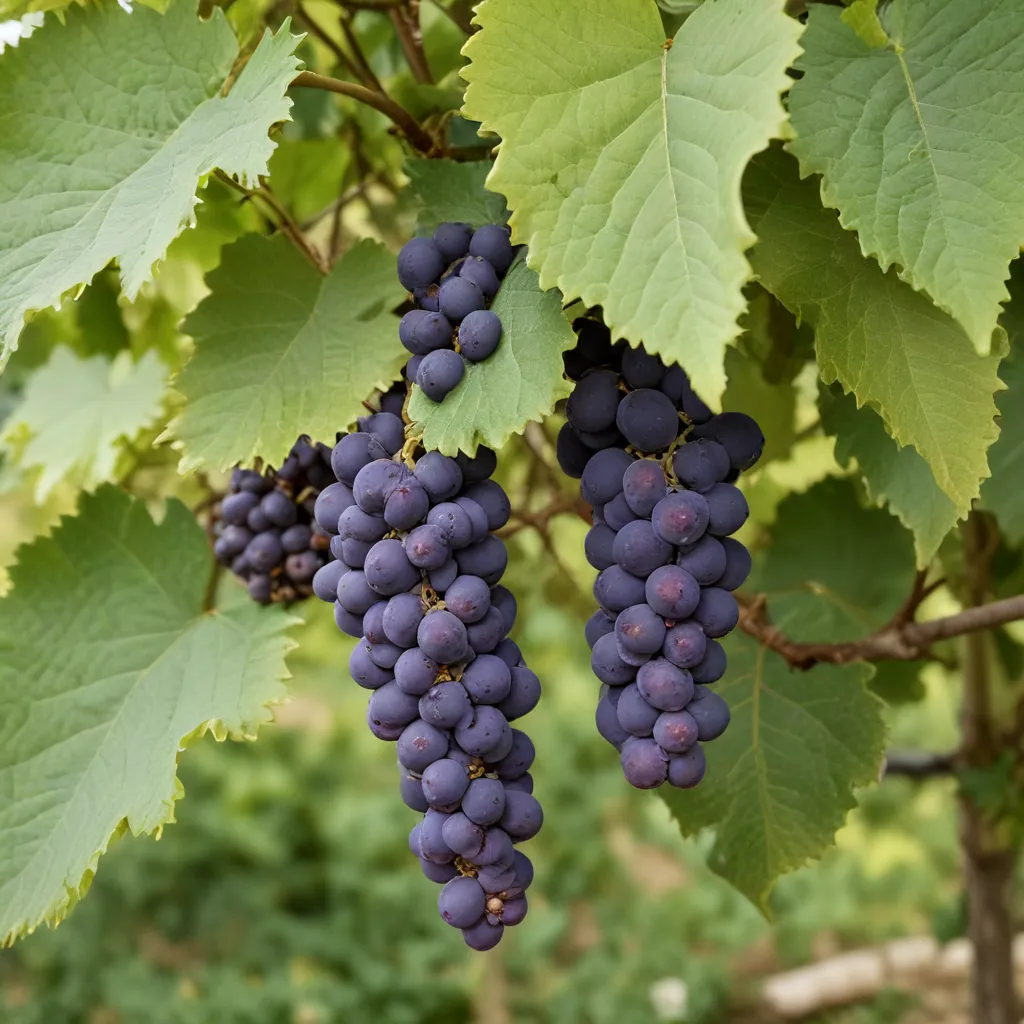
The Mencía grape cultivar is a prized varietal found in the vineyards of Galicia, Spain, known for producing high-quality red wines with complex aromas and flavors. As the region’s most important autochthonous grape, Mencía is an invaluable asset to the local wine industry. However, this cherished variety, like many Vitis vinifera cultivars, faces increasing challenges posed by climate change, pests, and diseases. Leveraging the power of biotechnology to enhance Mencía’s resilience and adaptability has become a crucial priority.
Genetic Transformation Techniques
Advances in grapevine genomics have unlocked new possibilities for genetic improvement, but the path to producing transgenic Mencía plants has long been arduous. Grapevine is considered a recalcitrant species when it comes to genetic transformation, with notoriously low efficiency rates that vary significantly among cultivars. Overcoming this obstacle requires a multifaceted approach, tailored to the unique needs of the Mencía grape.
Vitis vinifera L. Mencía
The Mencía cultivar’s long-standing heritage and regional significance make it an especially compelling target for genetic enhancement. Researchers at the Center for Viticulture and Enology Training and Experimentation in Ribadumia, Galicia, have established reliable somatic embryogenesis protocols for Mencía, providing a robust foundation for transformation experiments.
Efficient Transformation Methods
The key to unlocking successful genetic transformation of Mencía lies in optimizing each step of the process. Researchers have explored the use of hypervirulent strains of the bacterium Agrobacterium tumefaciens as the transformation vector, noting that the AGL1 strain may offer a significant advantage over the more commonly used LBA4404 and EHA105 strains.
Pairing the AGL1 strain with Mencía’s responsive somatic embryo aggregates has yielded transformation efficiencies as high as 19.8% – a remarkable achievement for this notoriously recalcitrant cultivar. Careful selection protocols, involving incremental increases in kanamycin concentrations, have further enhanced the recovery of completely transformed plant material.
Genetic Modification Strategies
Vector Systems
The binary vector pBINUbiGUSInt, carrying the nptII and uidA genes, has proven effective for Mencía transformation. The nptII gene confers resistance to the antibiotic kanamycin, enabling selection of transformed cells, while the uidA gene encodes the β-glucuronidase (GUS) enzyme, allowing for easy visualization of transgene expression.
Optimization Approaches
Researchers have also developed a robust quantitative PCR (qPCR) analysis to quickly and reliably estimate the number of integrated transgene copies in Mencía transformants. This approach, which uses two endogenous single-copy genes as controls, circumvents the need for laborious and material-intensive Southern blot analyses.
Viticultural Relevance
Varietal Improvements
The ability to genetically transform Mencía opens up a world of possibilities for enhancing this esteemed grape cultivar. By introducing traits such as disease resistance, stress tolerance, or even improved enological qualities, researchers can work to future-proof Mencía against the challenges posed by a changing climate and evolving pests and pathogens.
Enological Implications
Improving the resilience and adaptability of Mencía grapes through genetic engineering could have far-reaching implications for the wines of Galicia. Maintaining the region’s renowned quality and typicity is crucial, as Mencía and other autochthonous varieties form the backbone of the local wine industry.
Biotechnological Applications
Grapevine Cultivar Development
The successful transformation of Mencía sets the stage for applying advanced biotechnological tools, such as CRISPR/Cas9 genome editing, to other important grapevine cultivars. This could dramatically accelerate the development of improved, climate-smart grape varieties tailored to the needs of modern viticulture.
Metabolic Engineering Potential
Beyond cultivar improvements, the genetic transformation of Mencía also opens up possibilities for manipulating the plant’s metabolic pathways. Modulating the production of valuable enological compounds, such as polyphenols and aroma precursors, could lead to the development of superior wine profiles that captivate consumers.
Challenges and Considerations
Tissue Culture Requirements
Grapevine transformation remains a delicate and labor-intensive process, with the regeneration of transformed plants posing a persistent challenge. Optimizing the tissue culture conditions and selection protocols for each cultivar is essential to ensuring high transformation efficiencies and plant viability.
Transgene Integration Efficiency
While the Mencía transformation protocol has demonstrated impressive efficiency rates, the number of integrated transgene copies can vary significantly among transformants. Careful selection and screening of lines with the most desirable transgene integration patterns is crucial to identifying the most promising candidates for further development.
Molecular Mechanisms
Gene Expression Profiles
Uncovering the complex interplay between transgene copy number and expression levels is an important area of investigation. The observed discrepancies between transgene integration and actual uidA gene expression highlight the need for a comprehensive understanding of the underlying molecular mechanisms governing transgene regulation in Mencía.
Signaling Pathways
Delving into the signaling pathways and genetic networks that govern somatic embryogenesis, regeneration, and transgene expression in Mencía will be essential for refining transformation protocols and maximizing the potential of this valuable grapevine cultivar.
Regulatory Frameworks
Biosafety Protocols
As with any genetic modification technology, the development of transformed Mencía plants must adhere to stringent biosafety protocols and regulatory frameworks. Ensuring the safety and responsible stewardship of these innovative grapevine varieties will be crucial for their successful adoption and integration into the wine industry.
Commercialization Hurdles
The commercial deployment of genetically enhanced Mencía grapes may face additional challenges, particularly in regions with established Denominations of Origin that prioritize the preservation of traditional cultivars and production methods. Navigating these complex regulatory and consumer acceptance landscapes will require a thoughtful and collaborative approach.
The development of an efficient genetic transformation protocol for the Mencía grape cultivar represents a significant breakthrough for the wine industry of Galicia. By leveraging the power of biotechnology, researchers are poised to enhance the resilience, adaptability, and enological potential of this prized grapevine variety, safeguarding its future in the face of emerging challenges. As the application of advanced tools like CRISPR/Cas9 expands to other important grapevine cultivars, the wine world may witness a new era of tailored, climate-smart grape varieties that uphold the tradition and quality that consumers expect from the wines of Galicia.
